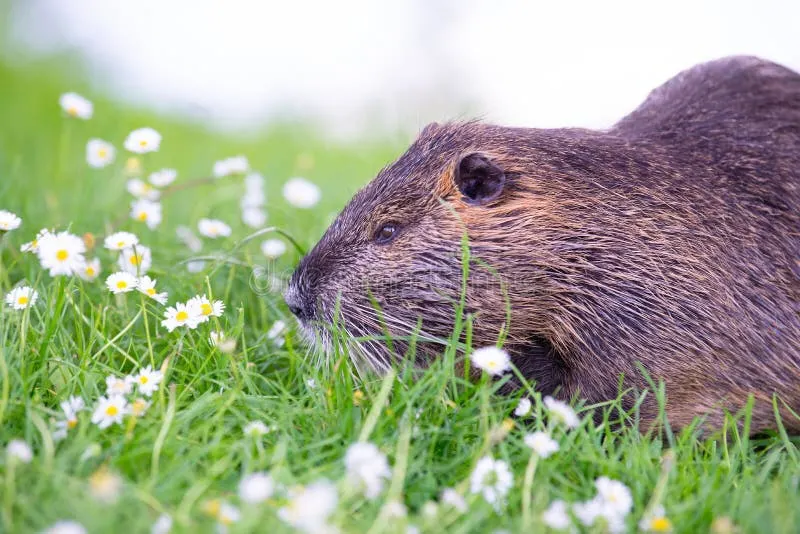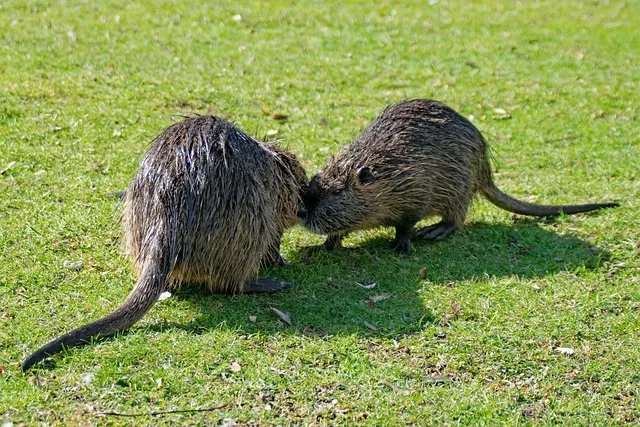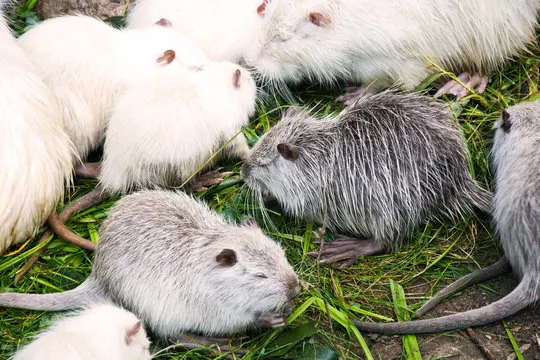“Marvelous Muskrats: 10 Fascinating Facts About This Semi-Aquatic Rodent”

Muskrats (Ondatra zibethicus) may look like large rats, but they are in fact a unique species of semi-aquatic rodent native to North America. Though often overshadowed by their larger cousin, the beaver, muskrats play a critical role in wetland ecosystems. From their adaptations for life in water to their unexpected ecological importance, these fascinating creatures deserve a closer look.
Here are ten fun and intriguing facts about muskrats that reveal just how amazing they really are.
1. Muskrats Aren’t Actually Rats
Despite their name, muskrats are not true rats. They belong to a different genus entirely and are more closely related to voles and lemmings than to Norway rats. The name “muskrat” comes from their musky scent and rat-like appearance.
2. Masters of Aquatic Engineering
Muskrats are excellent builders. Much like beavers, they construct dome-shaped lodges out of cattails, reeds, and mud. These lodges provide protection from predators and shelter during cold months. They also dig underwater burrows with hidden entrances.
3. Built for the Water
Muskrats are semi-aquatic, meaning they spend a great deal of time in the water. Their bodies are perfectly adapted for this life:
- Webbed hind feet help them swim
- Dense, waterproof fur keeps them warm
- They can hold their breath for 12–17 minutes underwater

4. They Smell Like Musk
Muskrats get their name from the musky odor they secrete from glands located near the base of the tail. This scent helps them mark territory and communicate with other muskrats, especially during mating season.
5. Important Ecosystem Engineers
By digging channels and building lodges, muskrats shape wetland environments, helping to maintain biodiversity. Their burrowing behavior also helps create open water areas, which benefit waterfowl and other aquatic life.
6. Diet: Plant-Based, with Occasional Protein
Muskrats are primarily herbivores. They feed on aquatic vegetation such as cattails, water lilies, and sedges. Occasionally, they may eat small aquatic animals like snails, frogs, or fish, especially when plant food is scarce.
7. Family-Oriented and Prolific Breeders
Muskrats usually live in small family groups. A single pair can produce 2–3 litters per year, each with 6–8 pups. Their high reproductive rate helps sustain populations, even in areas where they face many predators.
8. Prey for Many Predators
Muskrats are a vital part of the wetland food chain. They are preyed upon by foxes, minks, coyotes, owls, hawks, and large snakes. Their presence supports a wide range of carnivores and scavengers.
9. They Can Walk on Ice and Swim Under It
In winter, muskrats continue to forage and swim under frozen water by using air pockets and entrances to their lodges or burrows. Their ability to survive in cold climates makes them a resilient and resourceful species.
10. Cultural and Economic Importance
Historically, muskrats were trapped for their soft, water-resistant fur, which was popular in the fur trade. In some Native American cultures, muskrats also appear in creation stories and are considered symbols of endurance and survival.

Conclusion: More Than Just a “Water Rat”
Muskrats may not have the star power of beavers or otters, but their unique biology, ecological value, and role in folklore make them truly remarkable. Whether paddling silently across a marsh or building a lodge out of reeds and mud, muskrats are an essential part of the wetland landscape—and an animal worth celebrating.



